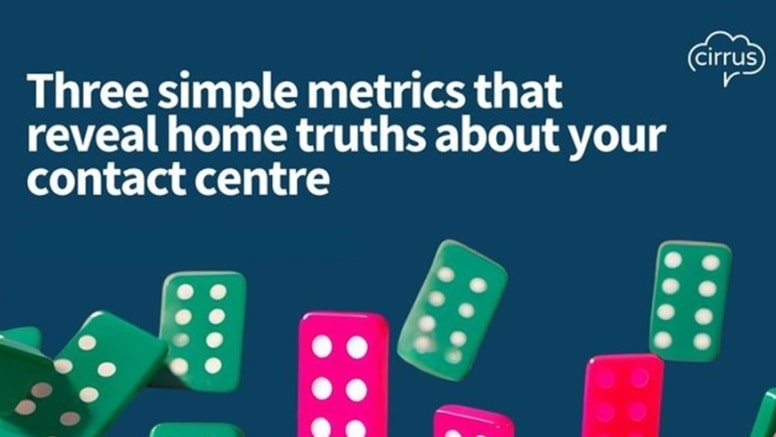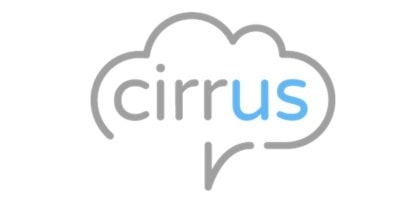Three Simple Metrics that reveal Home Truths about your Contact Centre: Beyond just scores: new ways to measure customer service success

The contact centre manager lives a life of efficiency-led targets. How else can a return on investment be justified? The struggle to measure success is part of that life, but this challenge has become easier to tackle…
Customer satisfaction scores – commonly known as CSAT scores – are a well-trodden path. They do what they say on the tin, providing a snapshot of customer experience in relation to one interaction. CSAT scores have their place, but we are here to tell you that there are other ways to measure success in customer service.
In this article, we put three other key metrics under the microscope, namely:
– Customer Effort Score (CES)
– Customer Lifetime Value (CLV)
– Net Promoter Score (NPS)
We’ll explain how armed with this data, you can build a more comprehensive picture of customer service success using qualitative methods. Then, with the insights you gain, the benefits will begin to stack up. You can look forward to:
– A more rounded view of the customer journey
– A greater understanding of customer service’s long-term impact on business growth
– More informed decisions about resource allocation and strategy

It shouldn’t be a drag for customers to connect and communicate with your business. The Customer Effort Score (CES) measures the ease of customer interactions with a company.
Based on the principle that reducing customer effort leads to increased loyalty and satisfaction, CES is measured by asking customers to rate how much effort they used to resolve an issue or answer a question.

Research from Gartner shows that reducing customer effort significantly impacts loyalty, with 96% of customers reporting high-effort experiences becoming disloyal, compared to only 9% of those reporting low-effort experiences.
Think of measuring customer service success a little like looking in the mirror. It might not be pretty sometimes – but the thing is, the more information you can gain, the more you can improve. CES gives you more insight into the customer’s perspective, going further than the simple satisfaction rating of CSAT. While CSAT focuses on the outcome, CES represents what dictates the outcome; the process.
Before we move on to the next metric, how can you reduce customer effort and improve CES scores? Good ideas include:
Implementing user-friendly chatbots for instant responses
– Simplifying the returns process
– Offering omni-channel support
– Proactive problem-solving
– Empowering front-line employees to resolve issues without escalation
By focusing on reducing customer effort, companies can create smoother experience leading to higher satisfaction, increased loyalty, and better business outcomes.

Here is where customer service success metrics get really clever. Customer Lifetime Value (CLV) is the result of a neat equation:
CLV = (Average Purchase Value × Purchase Frequency × Customer Lifespan) – Customer Acquisition Cost
We might summarise CLV as ‘what a customer is worth to your business’. CLV estimates the total revenue a business can expect from a single customer account throughout their entire relationship. This metric gives you a long-term view of the customer relationship, providing a more comprehensive picture of a customer’s value to the business.

In general, a customer will only become a valuable commodity if they are treated as a priority. CLV is crucial for understanding the long-term impact of customer service efforts.
But CLV won’t just help customer support teams justify investment. CLV can also help customer service prioritise certain customer segments based on their value, measure customer retention about other variables, and inform future strategies for customer acquisition.
Having CLV data at your disposal will be a boost to your company’s service strategy and growth, allowing you to:
– Shift from short-term to long-term thinking
– Improve resource allocation
– Enhance personalisation
– Better align service and business goals
– Increase focus on customer retention
To sum up here – incororating CLV into customer service metrics enables a greater understanding of the impact of customer service efforts and informs long-term decisions.

Your customers are ambassadors for your brand. Product and service providers ignore the power of word of mouth at their peril. Landmark research from Neilsen – who interviewed 28,000 consumers in 52 countries – found that 92 per cent of respondents said they trusted ‘earned media’ such as word-of-mouth recommendations from friends and family above other advertising forms.
The Net Promoter Score measures customer loyalty and satisfaction based on a single question: “On a scale of 0-10, how likely are you to recommend our company/product/service to a friend or colleague?”
Respondents are classified into three categories:
– Promoters (score 9-10): Loyal enthusiasts
– Passives (score 7-8): Satisfied but unenthusiastic customers
– Detractors (score 0-6): Unhappy customers
Then NPS is calculated by subtracting the percentage of detractors from the percentage of promoters.

NPS provides a simple, easy-to-understand metric that has a strong correlation with business growth, and can go some way to predicting customer behavior.
Full disclosure here; NPS – like the CLV, CES and CSAT scores we have already touched upon – doesn’t give you the entire picture of customer experiences. Rather, it is important for building a complete view of customer experiences.
You might also like to consider the following additional metrics and qualitative feedback methods:
– Customer health score – A composite metric considering product usage, support tickets, and engagement.
– Sentiment analysis – Uses AI and natural language processing to analyse customer feedback and gauge emotional tone.
– Customer feedback loops – Regular check-ins through surveys, interviews, or focus groups.
A metric mix drives business growth
Keep painting your picture. The more metrics you use, the better you can measure success and make informed decisions. Incorporate new measures such as CES, CLV and NPS to give your business a more comprehensive view of customer service performance.

For additional information on Cirrus view their Company Profile




